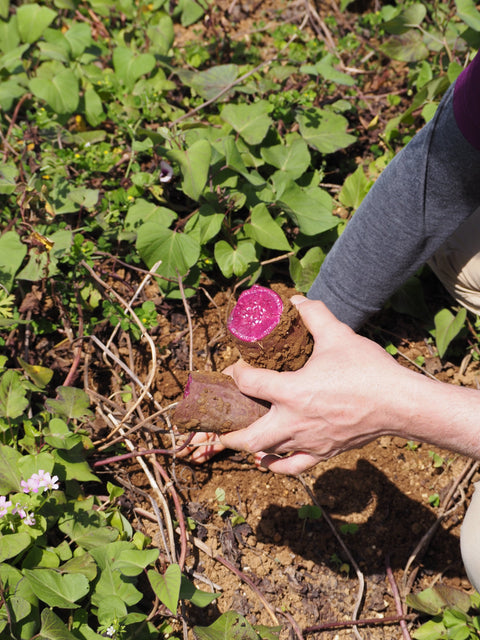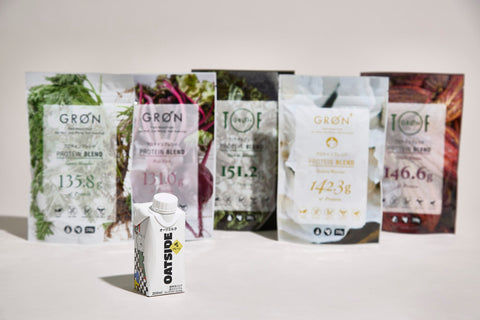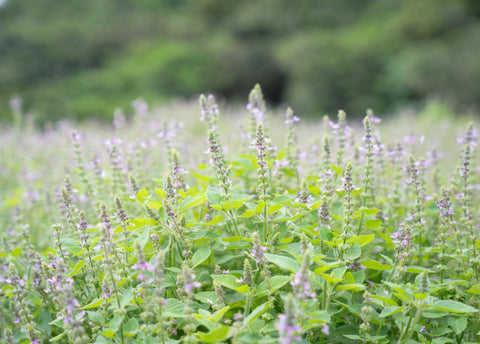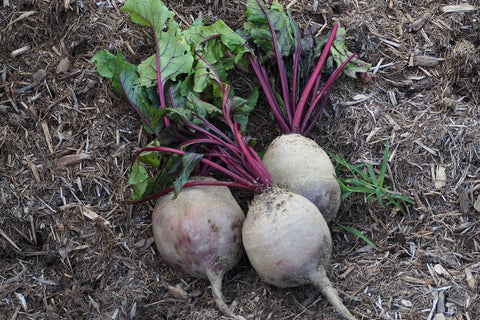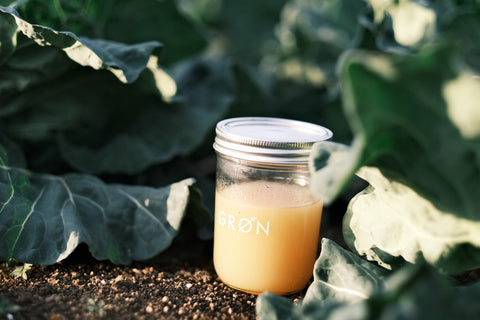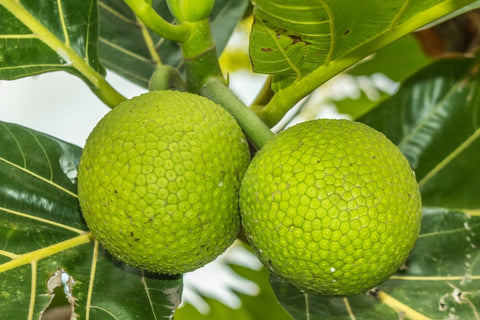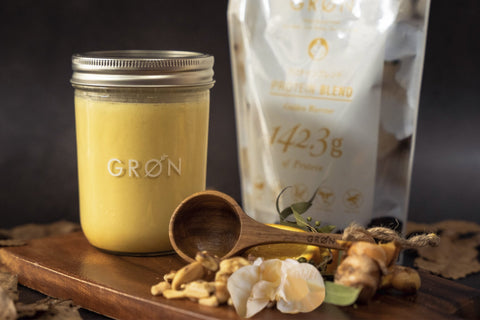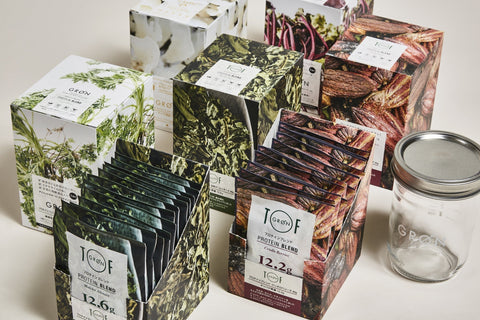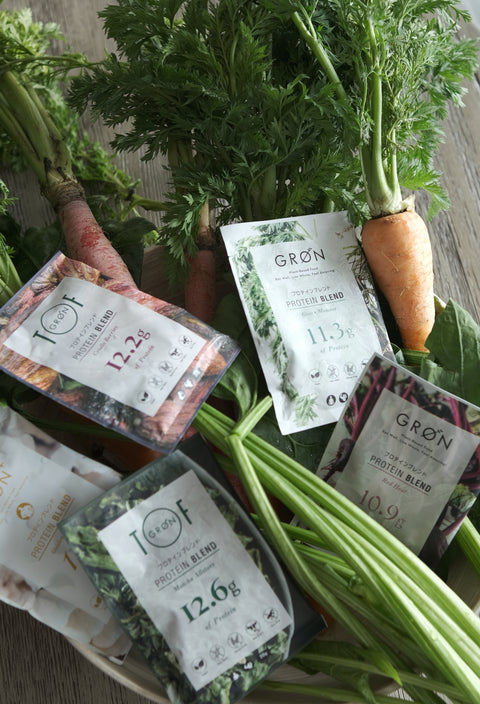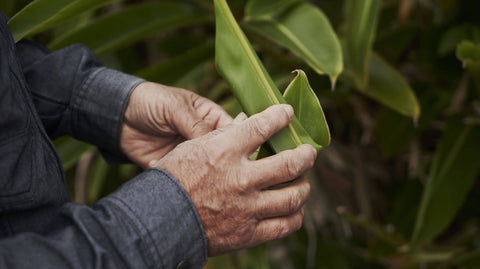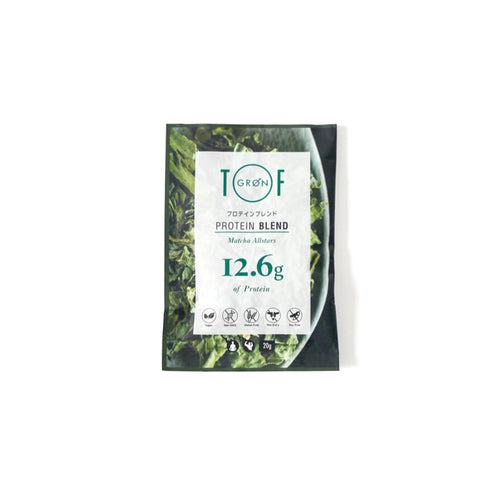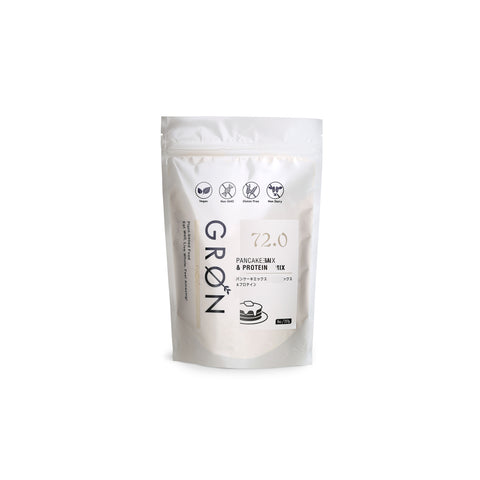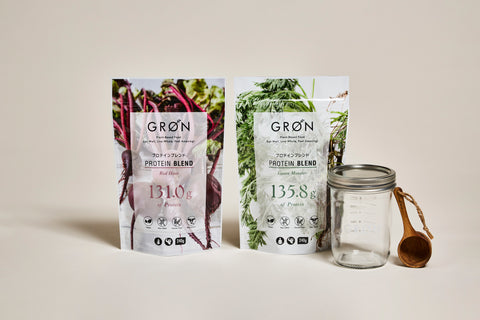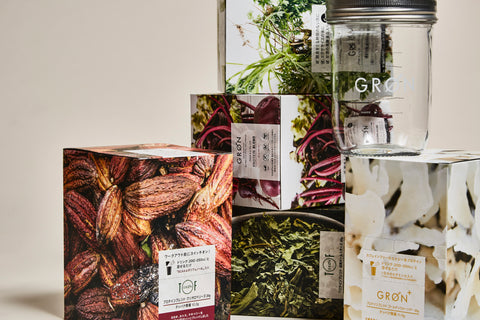How many kinds do you know? The appeal of nutritious wild vegetables ~ Nutritionist's Column Vol.87
Japanese wild vegetables are becoming more and more popular around the world
This time, we'll be talking about wild vegetables that can only be enjoyed at this time of year.
Wild vegetables, which have a unique bitterness, flavor, and texture, are vegetables and grasses that grow wild in the mountains and forests and are harvested from spring to early summer.
Wild vegetables stimulate our bodies with their natural bitter and spicy tastes, which have the effect of waking up the body and making it more active.
Wild vegetables, born from the bounty of nature, are truly superfoods packed with nutrients.
In Japan, there has long been a tradition of eating seasonal wild vegetables to keep the body in good condition, and it is believed that people were already eating them during the Jomon period.
Additionally, many wild vegetables appear in the Manyoshu, making them a very familiar ingredient to Japanese people.
Looking overseas, wild vegetables have not been given much attention as food ingredients until now.
However, since the 2000s, famous restaurants such as Noma, which has been ranked number one in the World's 50 Best Restaurants four times, have begun to use wild vegetables and herbs in their dishes, and awareness of wild vegetables has increased dramatically.
It seems that the wonderful qualities of Japanese wild vegetables are becoming recognized around the world.

Nutritional value of wild vegetables
Now let's take a look at the nutritional value of wild vegetables.
The nutritional content of wild plants is the same as that of vegetables, being low in protein and fat and high in dietary fiber.
The bitterness of wild vegetables comes from plant alkaloids, which are a means of self-defense that the plants use to protect themselves from insects and other predators.
It is expected to improve kidney function, promote the excretion of waste and accumulated water from the body, and promote detoxification and metabolism.
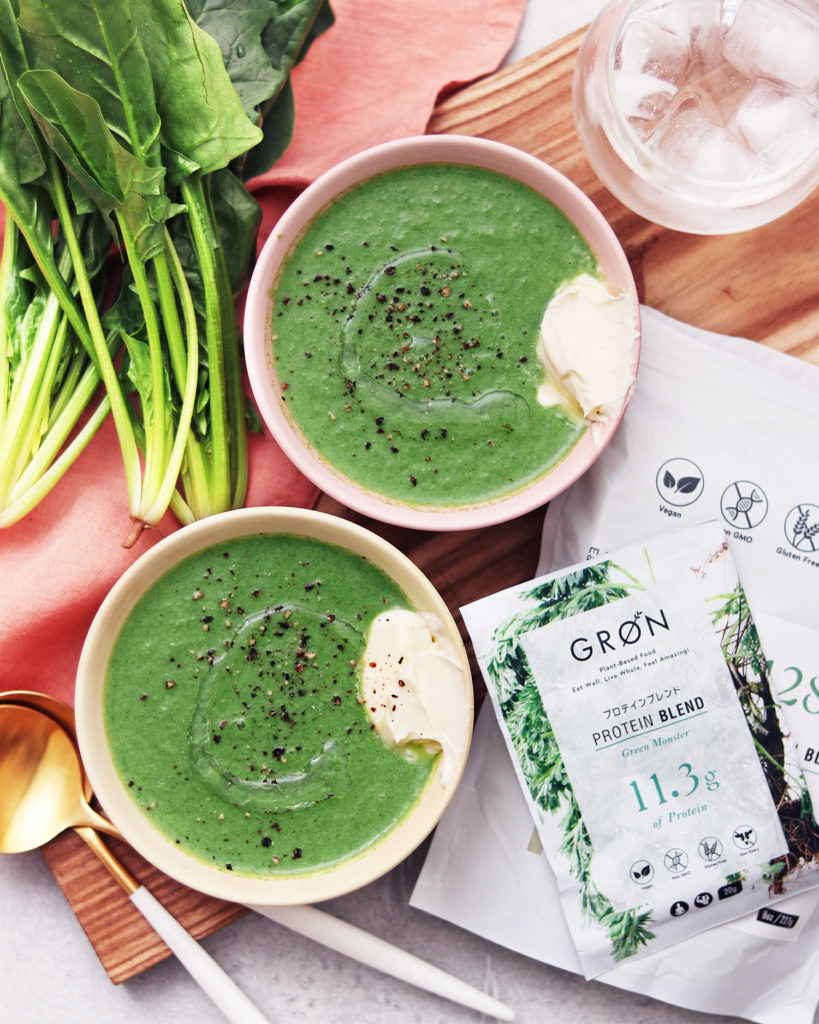
Representative wild plants found in Japan
Some of the most representative wild plants are as follows:
* Taranome (cod buds)
It is made from the new shoots of the Araliaceae plant, "Taranoki," and is found throughout the country.
It has a bitter, slightly bitter flavor and little astringency, and is used in a variety of dishes such as rice dishes, stews, tempura, blanched dishes, and salads.
It does not last long at room temperature and becomes bitter when dried, so it is important to store it in a way that does not allow it to dry out.
It is rich in both soluble and insoluble dietary fiber, which helps regulate the intestinal environment.
They're also rich in potassium, which plays an important role in regulating blood pressure and heart health.
It is also known as the "king of wild vegetables" because it is rich in antioxidant vitamins such as vitamin C and vitamin E, and minerals such as calcium, magnesium, and iron.
*Udo
It is a perennial plant of the Araliaceae family that grows wild in mountains and fields throughout the country.
Wild mountain burdock often grows on steep slopes such as cliffs, making it difficult to collect, so you are lucky if you can get your hands on a wild mountain vegetable.
Depending on how it is prepared and cooked, you can eat almost everything from the tip to the stem and skin with very little to be thrown away.
It has a unique aroma, bitterness, and chewy texture, and is often used as tempura, mixed with vinegared miso, and the stems are also made into soup.
It is rich in aspartic acid, which helps minerals such as potassium and magnesium to be easily absorbed into cells, converts lactic acid into energy, and is effective in recovering from fatigue.
* Strained oil
It belongs to the Araliaceae family, the same family as taros and burdock, and the edible part is the bud.
Because there are only a few of them on the market, it is one of the rarest wild vegetables and is known as the "queen of wild vegetables."
It has little astringency, a firm texture at the base, and the leaves have a slightly bitter flavor.
This wild vegetable is rich in polyphenols, which have antioxidant properties, making it highly nutritious.

* Butterbur sprouts
A perennial plant of the Asteraceae family.
It has a unique flavor and bitter taste and is widely used in tempura and salads.
The bitterness and acrid taste will increase over time, so look at the cut at the base and choose small, fresh ones that are not blackened.
It is rich in potassium, which is essential for detoxification. It also contains many plant alkaloids, which are expected to strengthen liver function and promote metabolism.
The unique aroma of butterbur comes from a compound called "fukinoid," which stimulates digestive juices and improves gastrointestinal function.
* Bracken
It is a type of fern that grows wild throughout Japan, and its young shoots are edible as a wild vegetable.
Fresh ones have lots of downy hairs.
The roots of bracken contain a lot of starch, and this starch is used to make bracken flour, the base for warabi mochi.
Young shoots have a unique texture and stickiness.
It contains a lot of vitamin E, which has antioxidant properties.
*spring
This fern belongs to the Osmunda genus of the Osmunda family, and its young shoots are edible.
Because it has a very strong astringency, it needs to be boiled in boiling water to remove the astringency.
It is rich in dietary fiber, as well as vitamins A and C, which have antioxidant properties and boost the immune system.
It is also rich in the vitamin folic acid, which helps with the production of red blood cells, and is therefore expected to help prevent anemia.

* Kogomi
A perennial fern plant.
It contains vitamins A and E, which have antioxidant properties, vitamin C, iron, and potassium.
It is especially rich in insoluble dietary fiber, which stimulates bowel movements.
* Urui
A perennial plant of the lily family.
It grows widely in moist areas such as mountains and grasslands, and has a crisp texture and a slightly slimy consistency.
It is rich in nutrients such as vitamin C, vitamin A, calcium, iron, potassium, and dietary fiber.
It also contains polyphenols, so it is expected to have antioxidant effects.
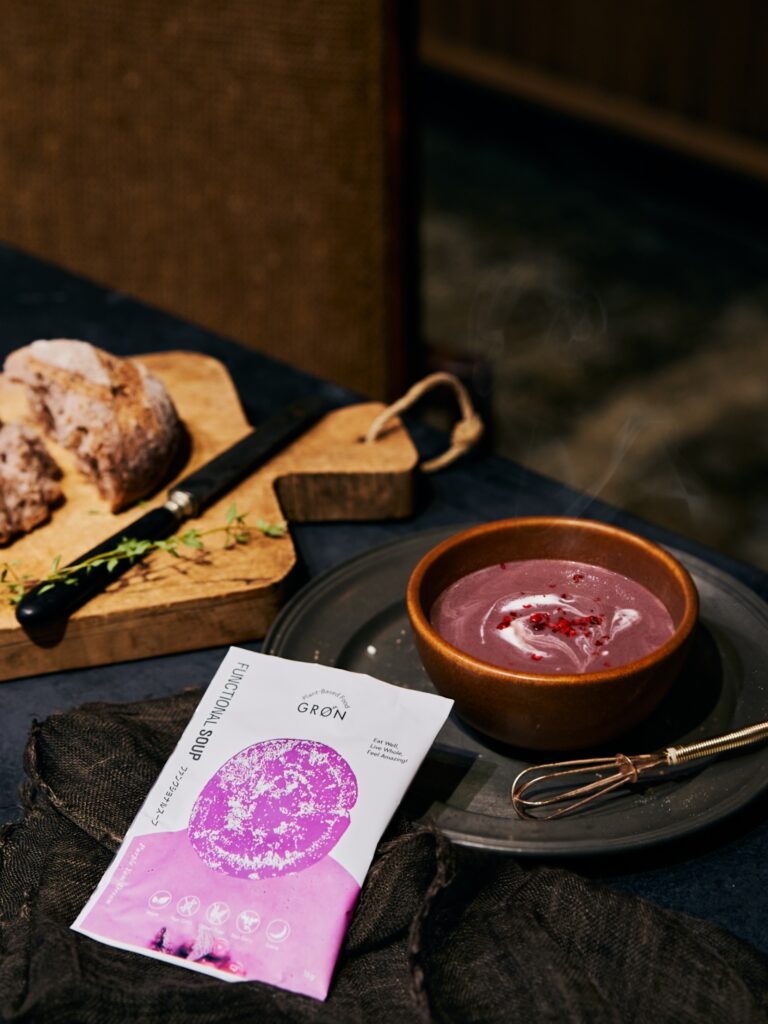
I've listed some typical wild vegetables, but how many of them do you know?
As you can see, many different types of wild plants grow in Japan.
In addition to the nutritional value, you can also take in the unique power of wild mountain vegetables that grow in nature.
The harvest of wild wild vegetables has been declining year by year, but recently it seems that an increasing number of farmers are cultivating wild vegetables in greenhouses.
Many local roadside stations and direct sales outlets sell wild mountain vegetables, so be sure to check them out next time you're out and about.
Why not try choosing wild vegetables as part of a paleo diet, which involves incorporating as many natural ingredients as possible in their natural state?
-> About the Paleo diet (Paleolithic diet)
At GRØN, we strive to create products that make the most of the power and nutritional value of each ingredient.







